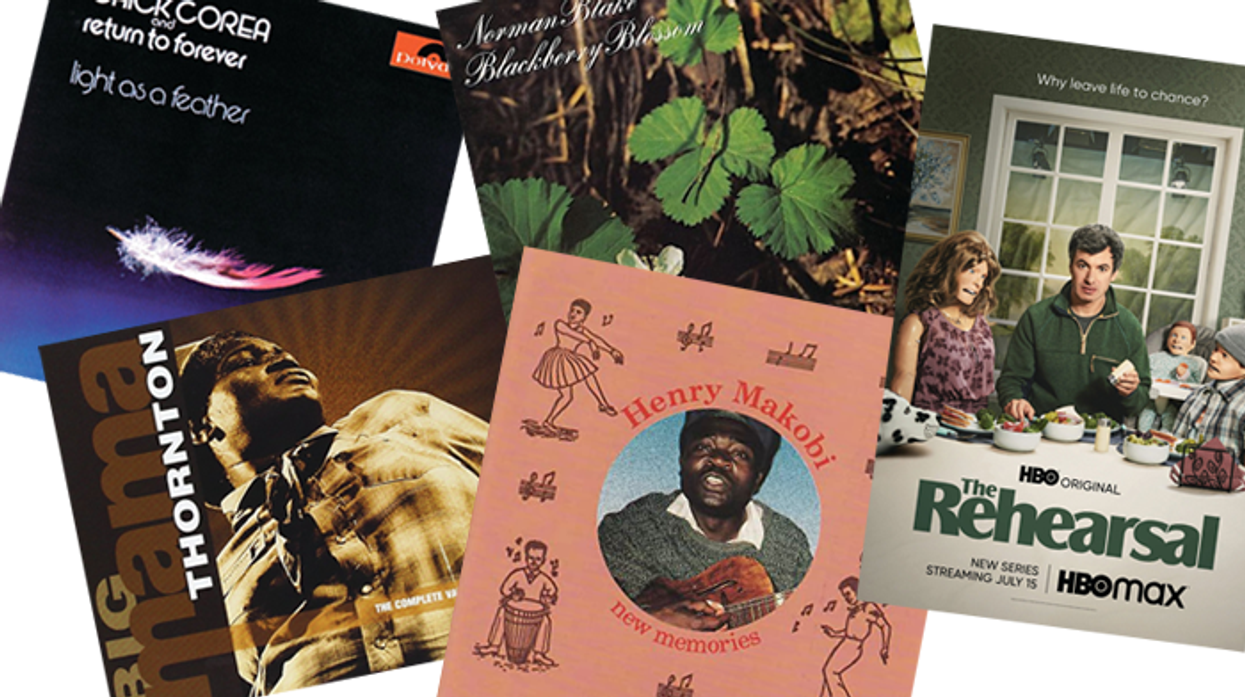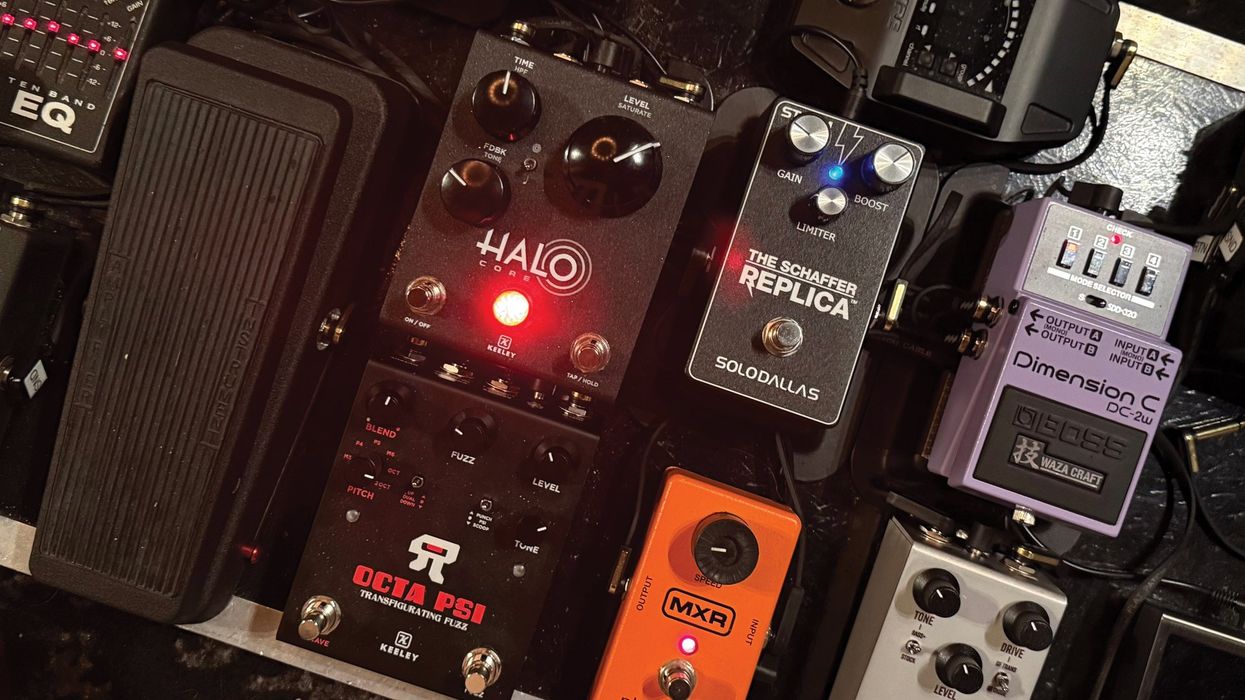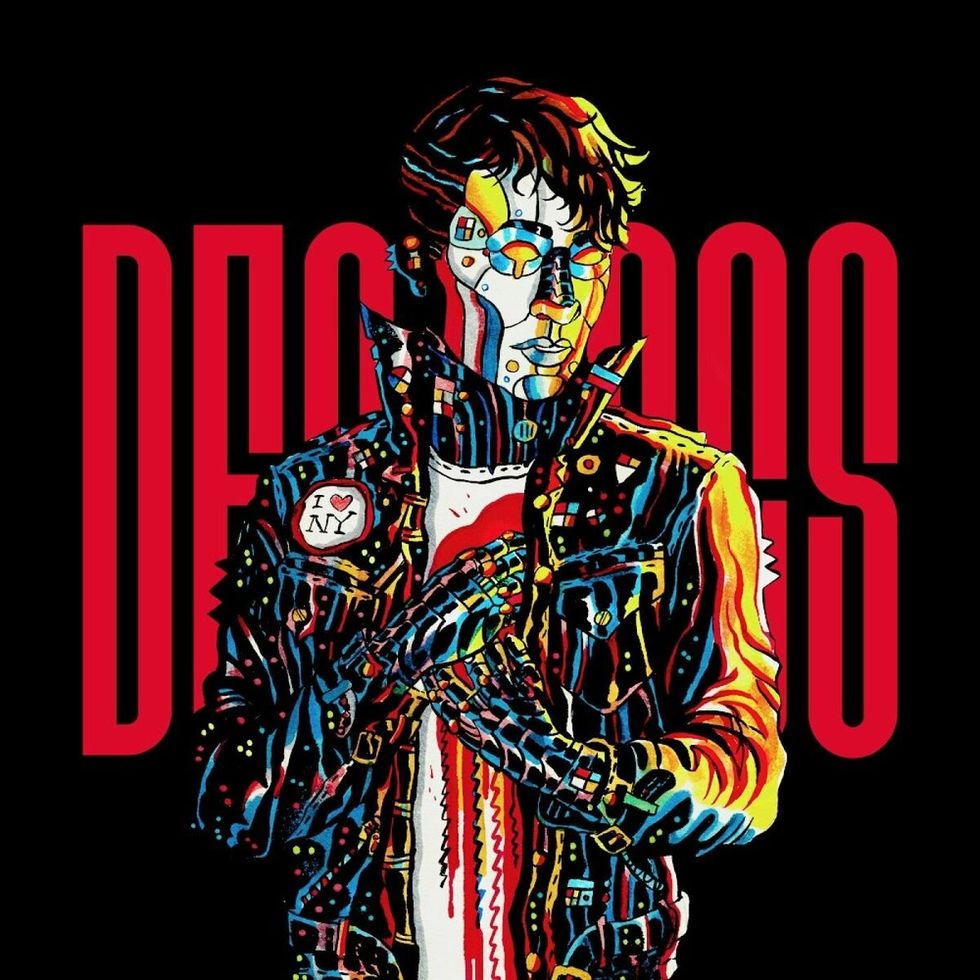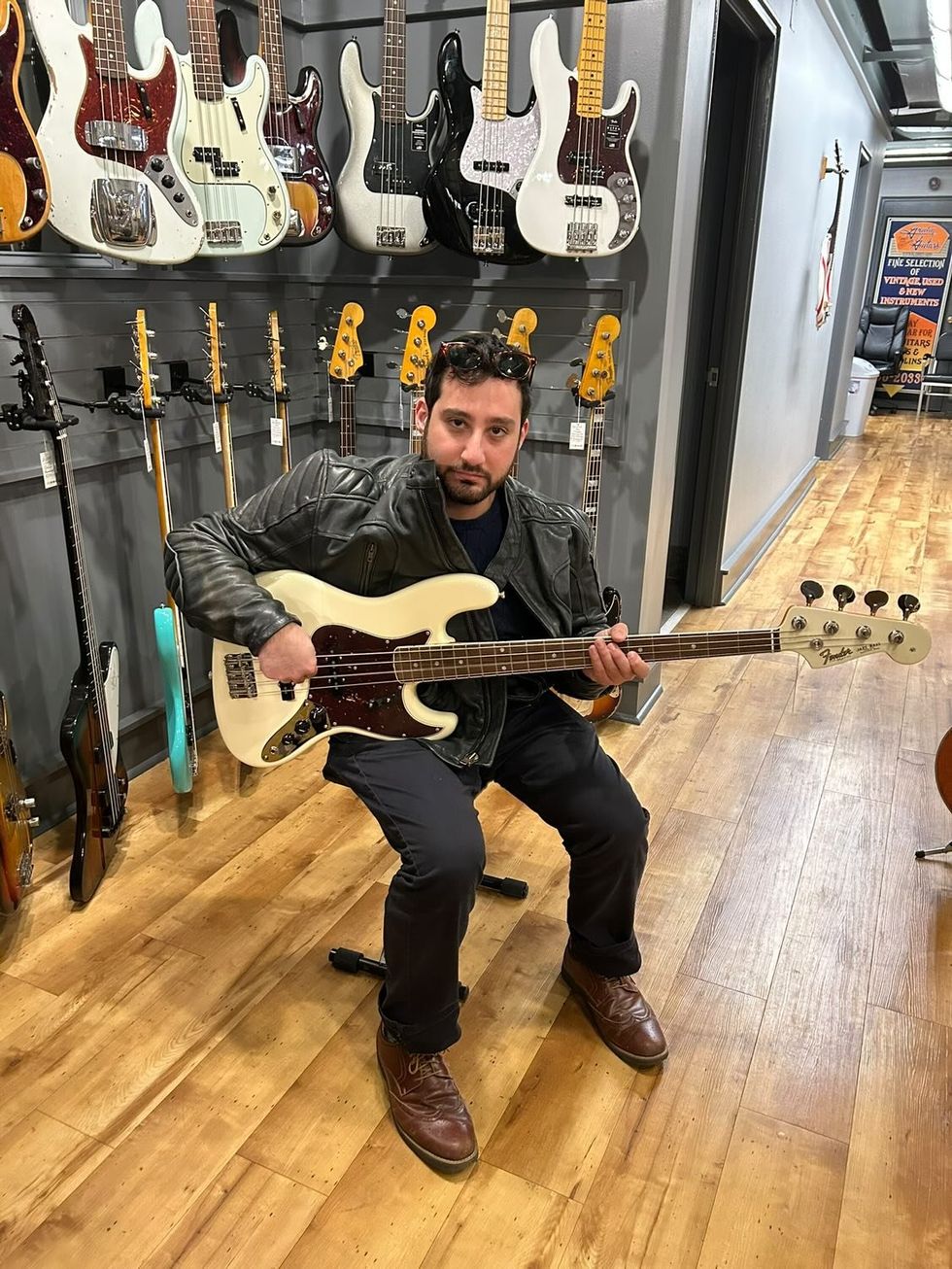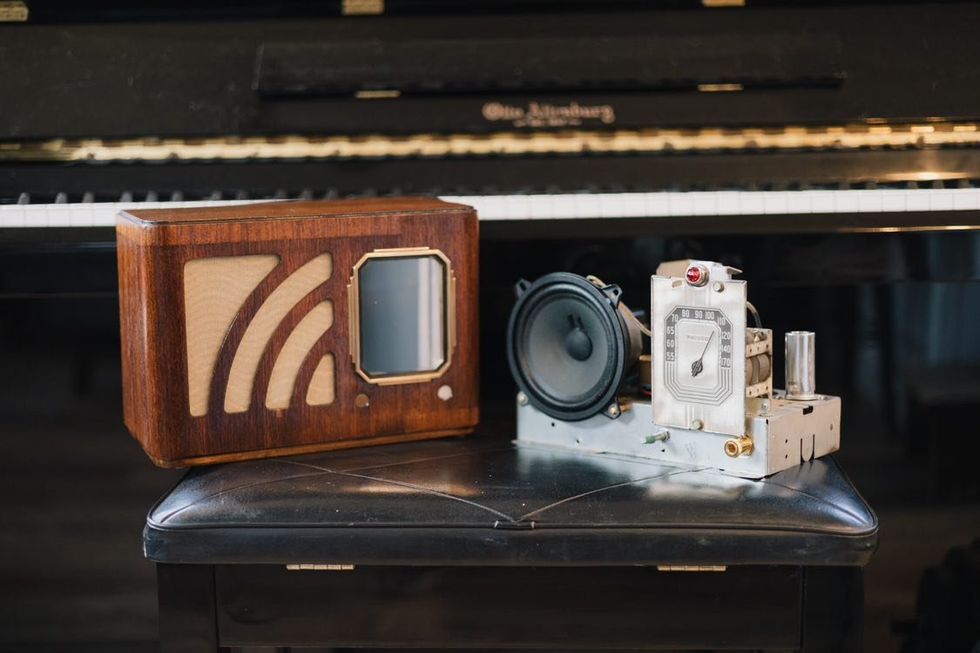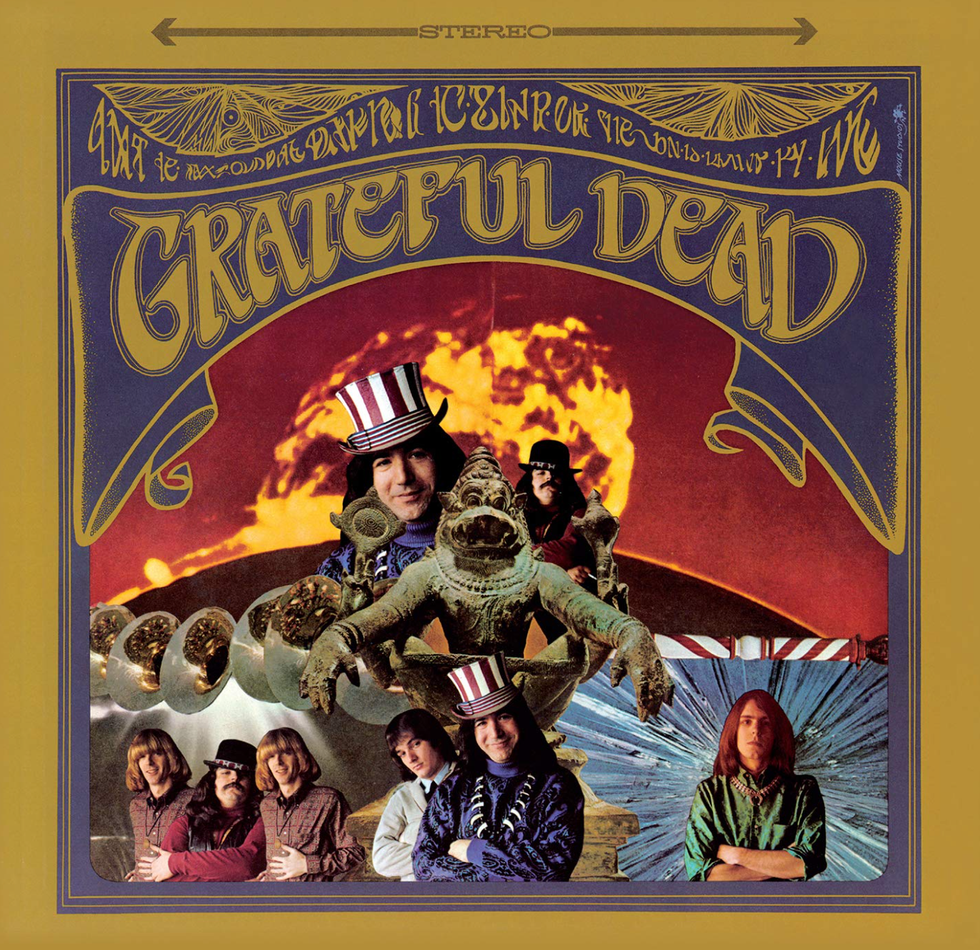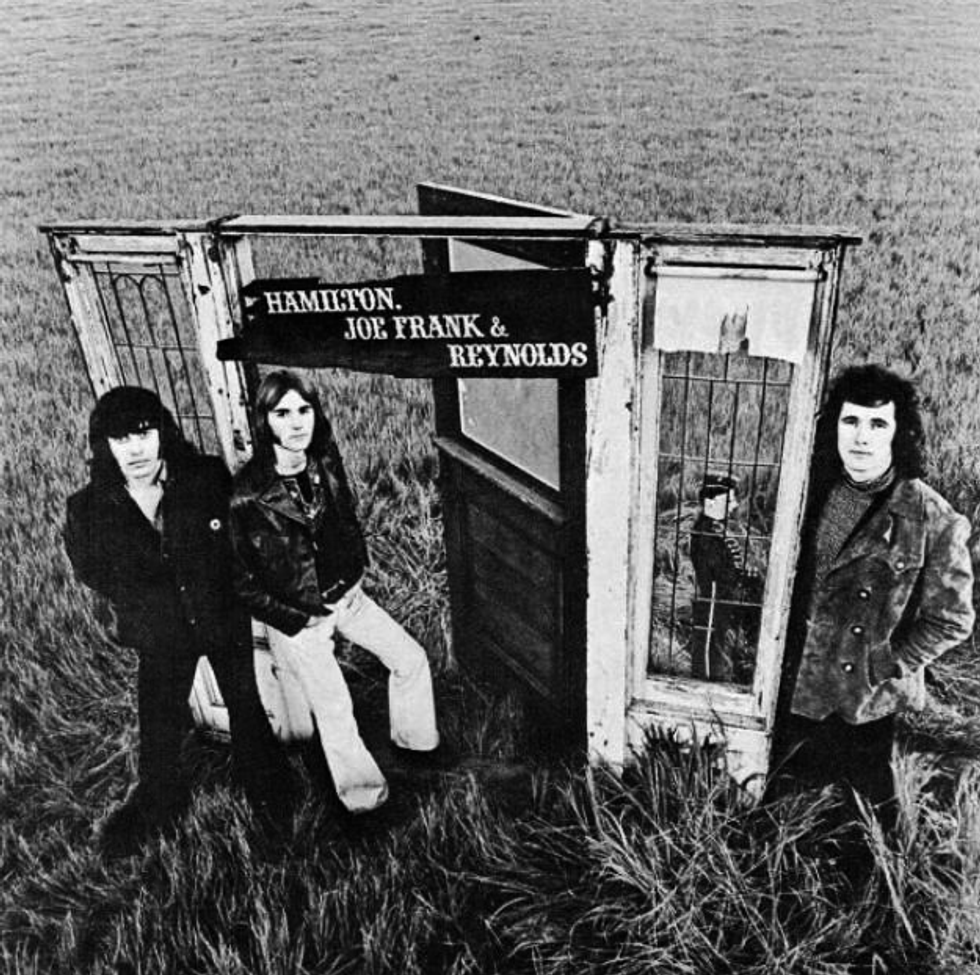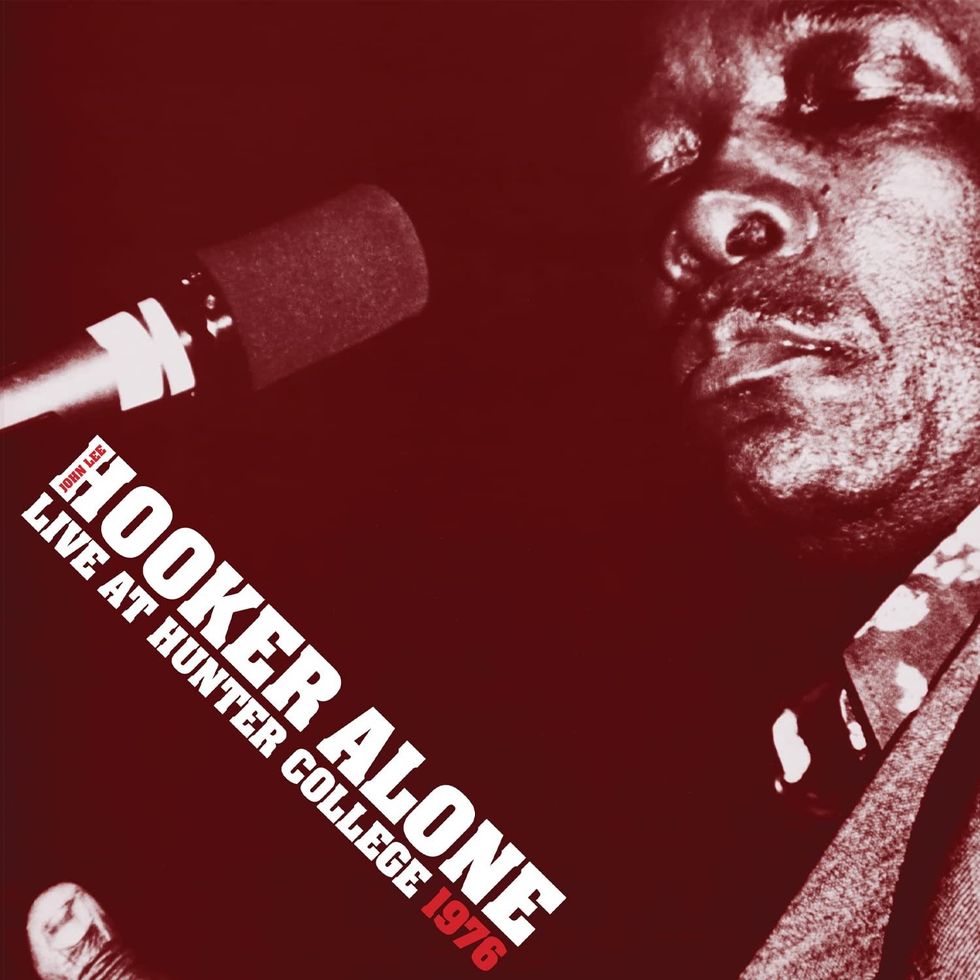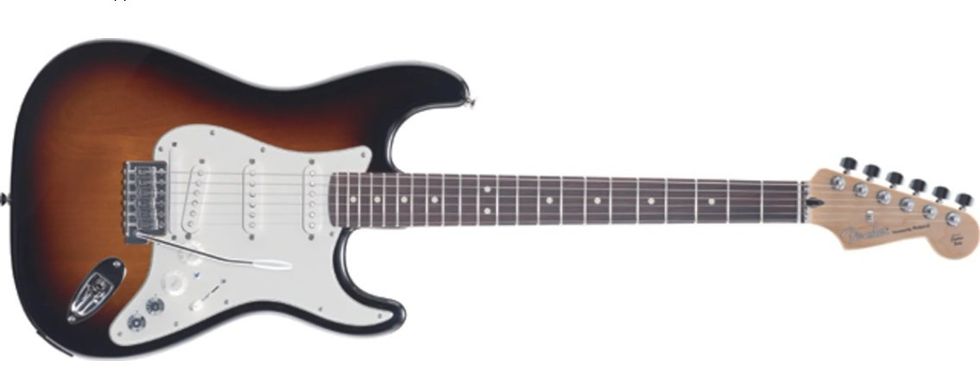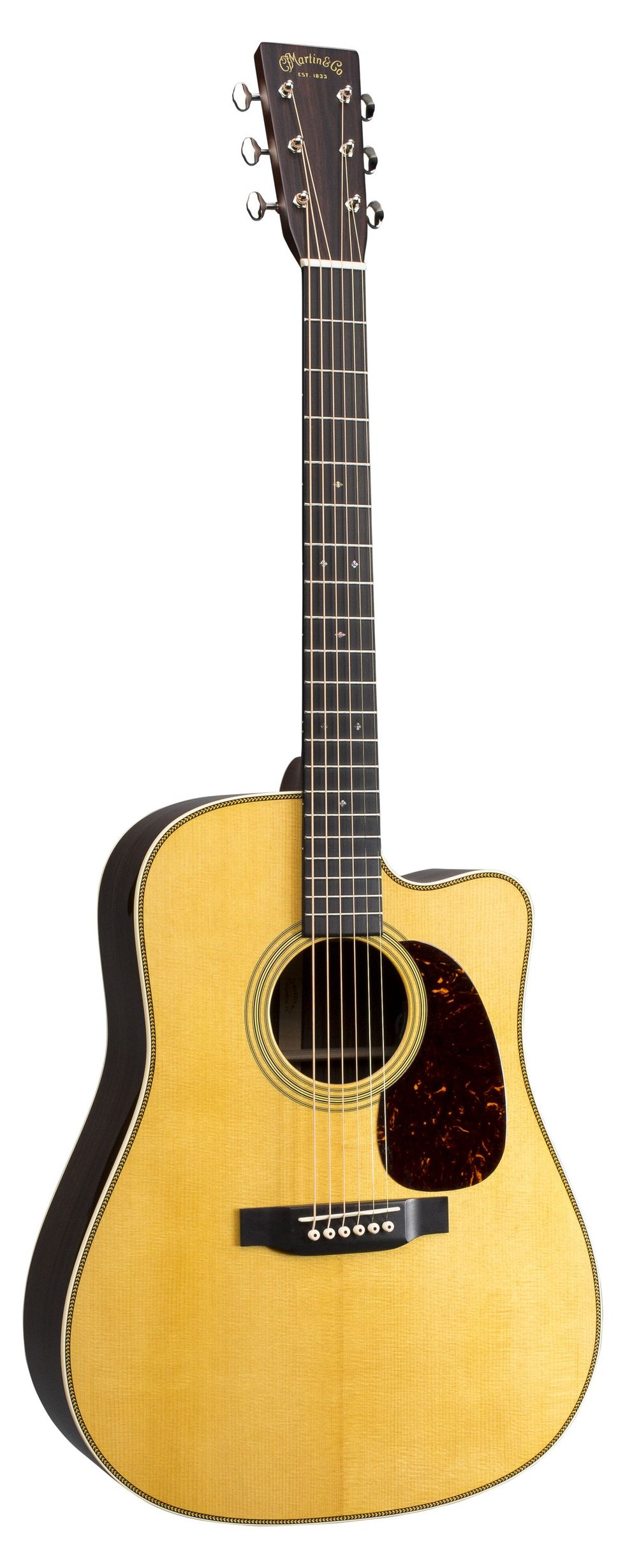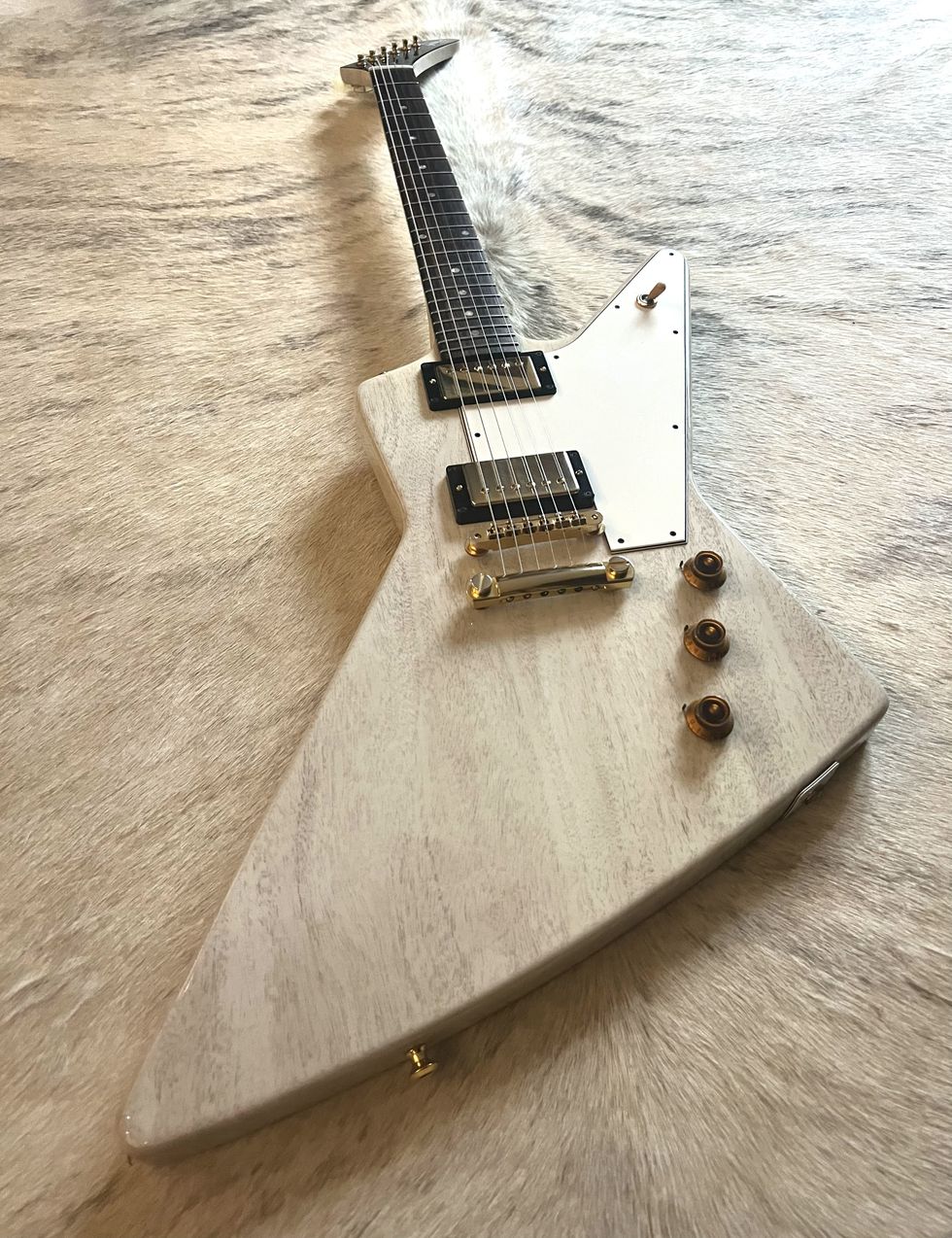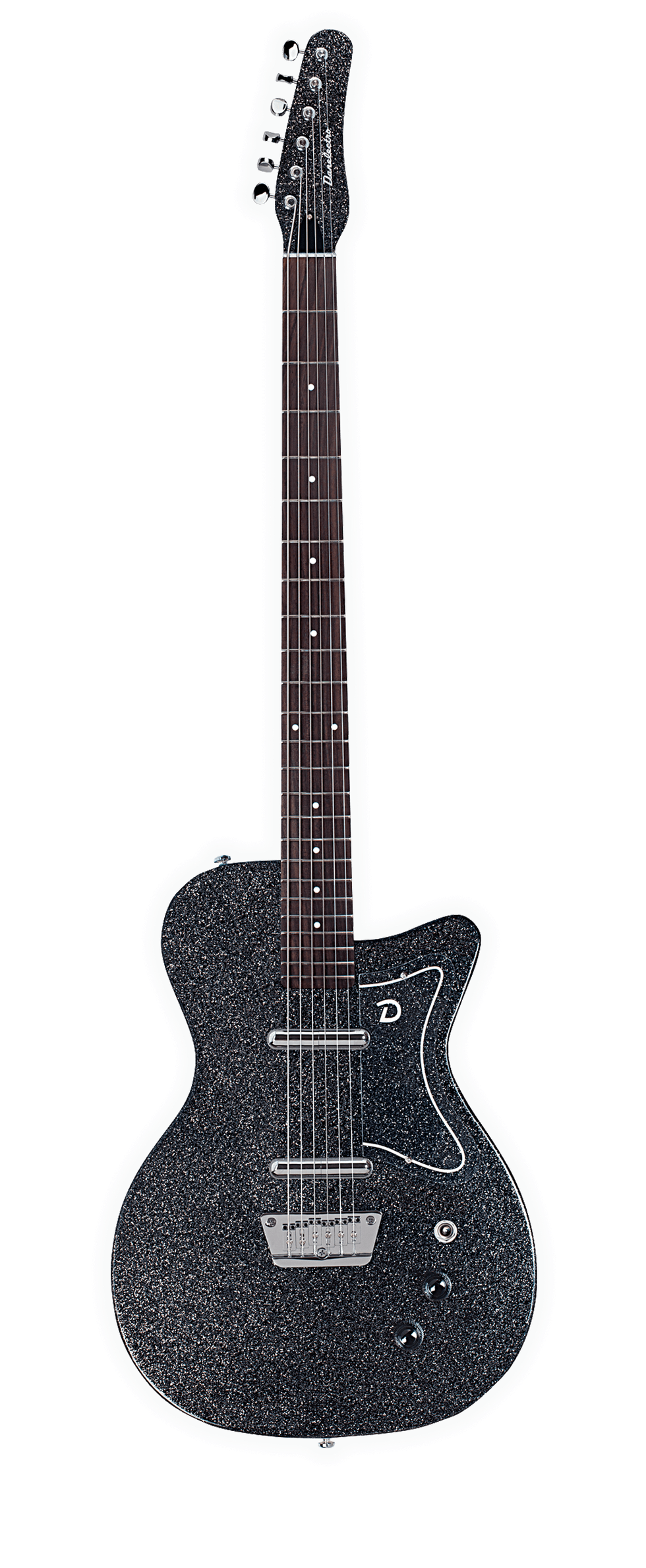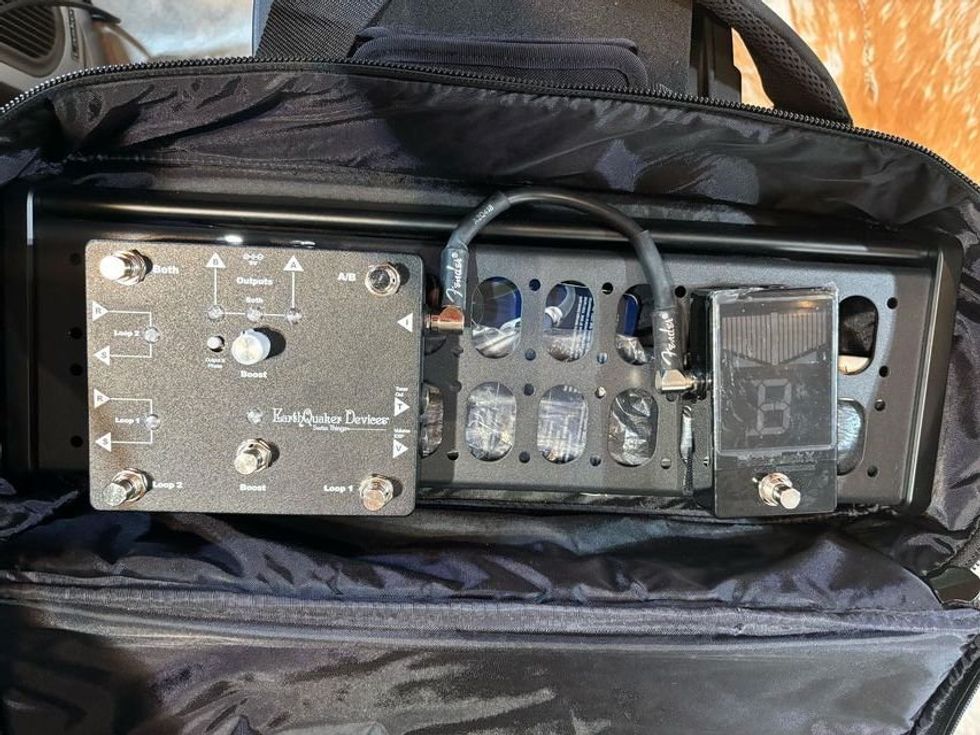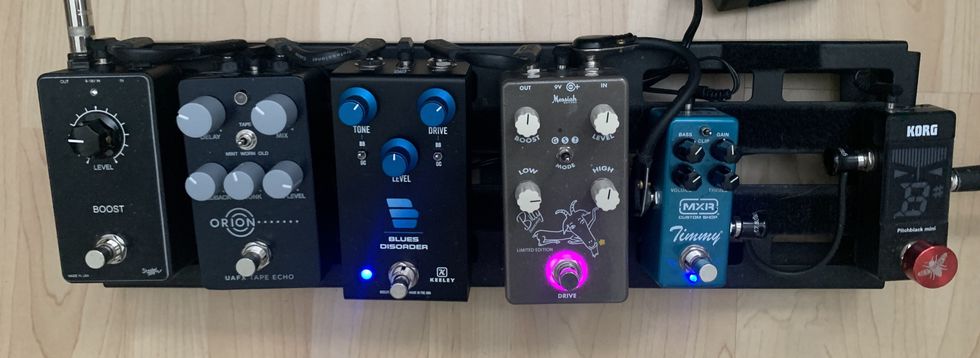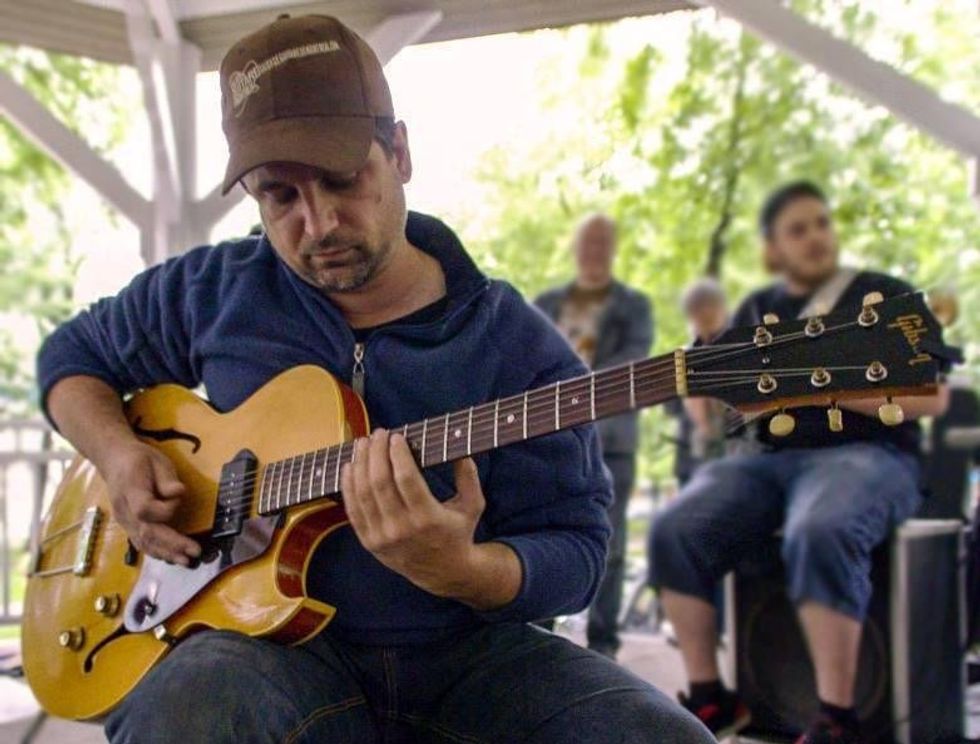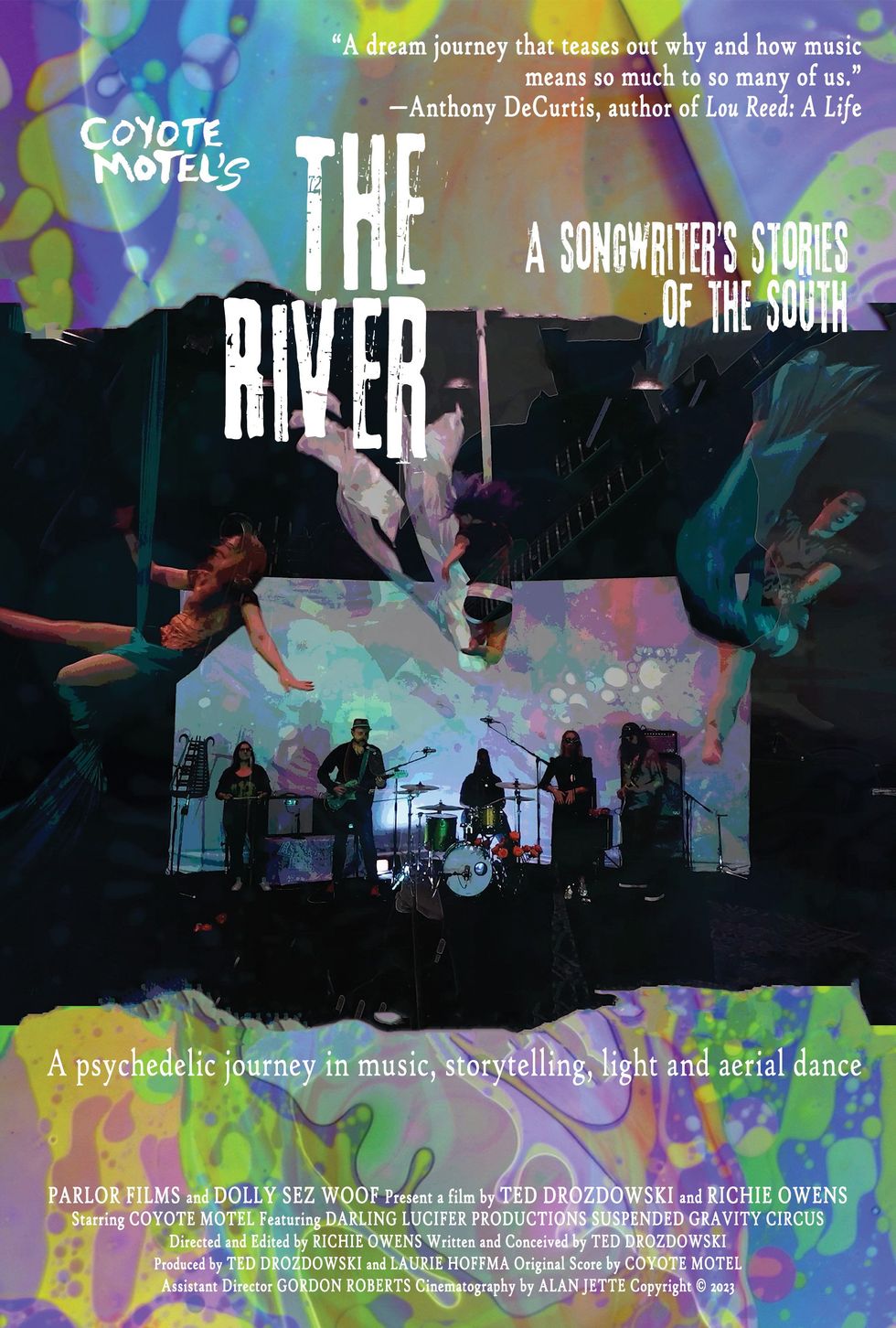Jonathan Pearce of the Beths joins us in discussing our most beloved acoustic strummers. Plus, musical obsessions!
Q: What’s your favorite song to play on an acoustic and why?
Jonathan Pearce (The Beths) — Guest Picker

Photo by Erza Simmons
A: I love the Kenyan guitarist Henry Makobi, and I’ve tried hard to learn his song “Likuta Bibi.” I’ll never be able to play it just like him; it’s just too idiosyncratic. But I can kind of get the gist of it and it’s a wickedly clever line.
Likuta Bibi
The trick I learned from this song is to harmonize a melody in sixths, with a top line melody that’s nicely “in the chords,” but a bottom line that can sneak out, and back in, harmonically. It’s a finger twister, too—you have to fully commit to have any hope of landing it. I learned about Makobi from an interview with another musical hero of mine, the Newcastle songwriter Richard Dawson.
Jonathan Pearce's Current Obsession:
Uilleann pipe music from Ireland. This segment is making my listening seem way more diverse than it really is, but truthfully this is my current obsession. Uilleann pipes are so rock ’n’ roll to me. Like a heavily distorted electric guitar, they scream, sustain, and squawk, like they’re on the edge of feedback. The drone element is so relevant to guitar music, too, and I’m trying to get my head around the way pipers adorn melodies with grace notes and turns. The repertoire is just so great, full of dexterous and rousing melodies. I’m trying to learn to play the tin whistle, with the hope of graduating to a set of pipes one day.
Mike Blue — Reader of the Month

Mike Blue
A: “Spain” by Chick Corea.
Spain
I worked on learning that song harder than I worked on any song in 50 years. So, I only play it for me.
Mike Blue's Current Obsession:
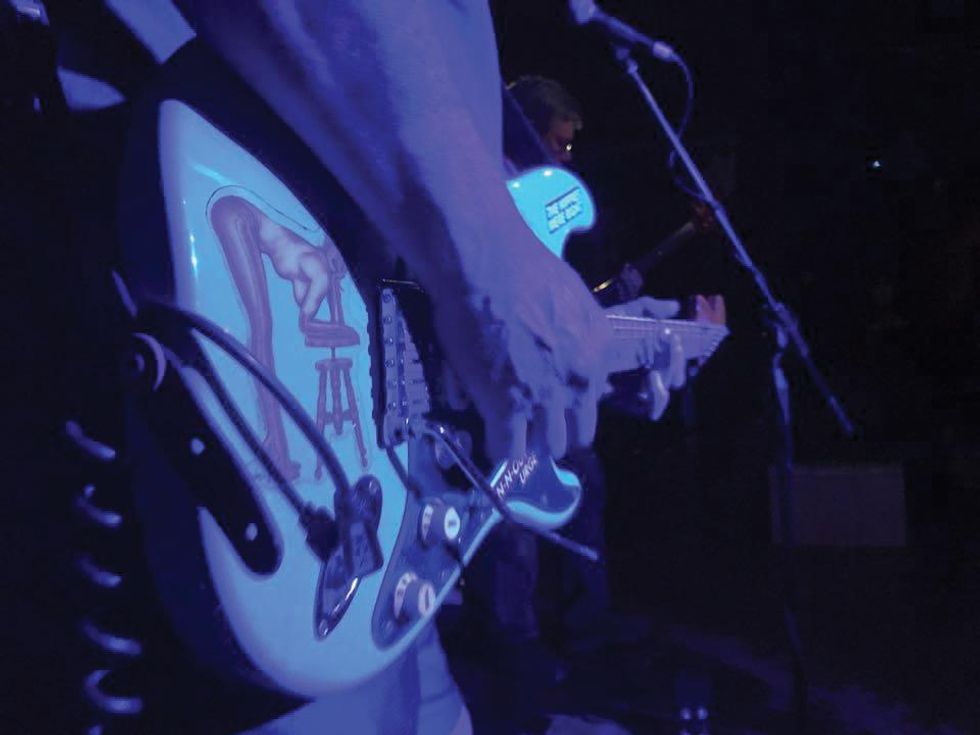
My obsession is easy: being able to make music. Not just play notes, but make some sort of musical contribution, whatever that may be.
Ted Drozdowski — Senior Editor
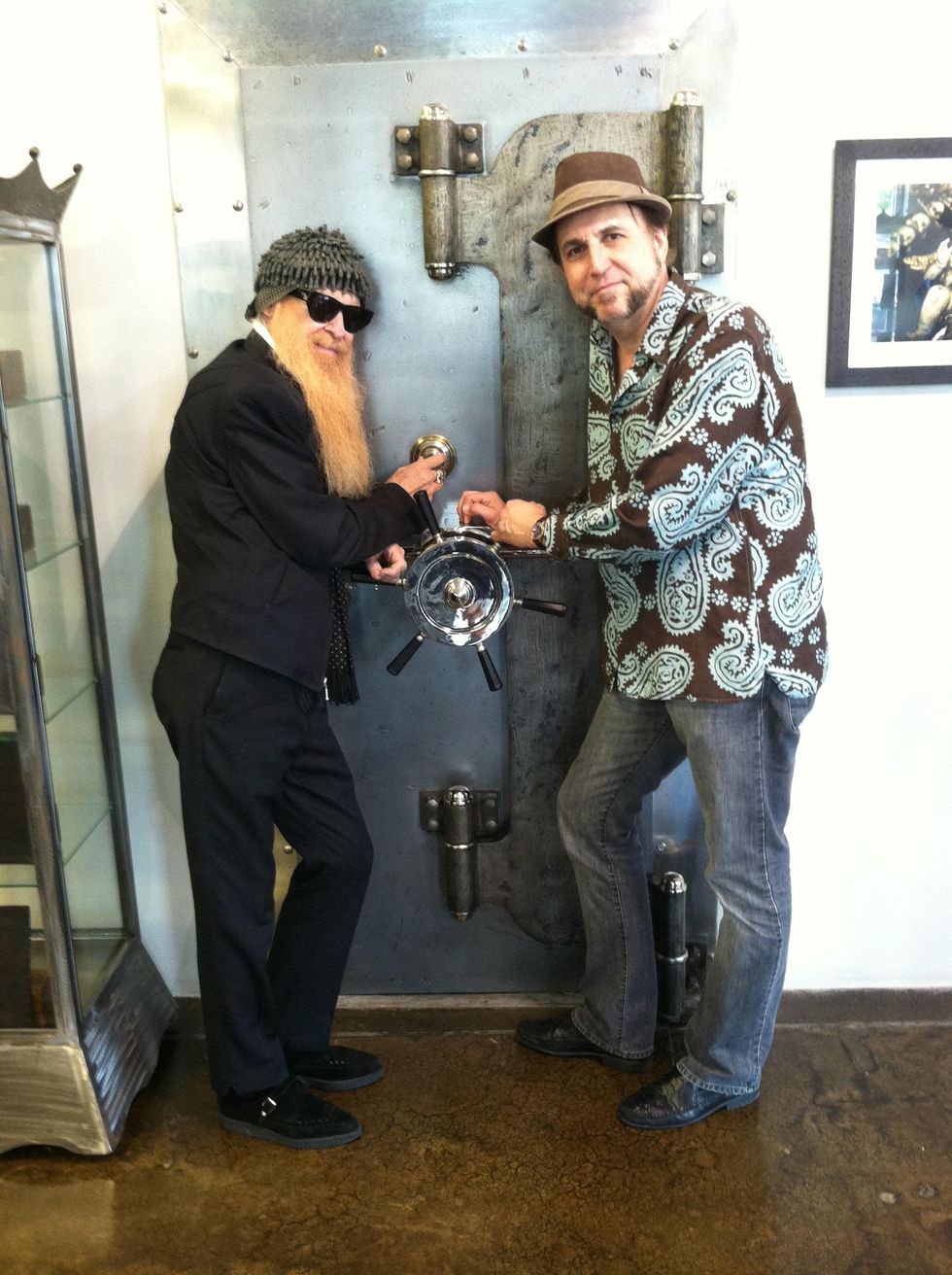
A: Big Mama Thornton’s “Ball and Chain” in open Dm. I came to the song through Big Brother and Cheap Thrills but backtracked to Big Mama—an astounding person.
Big Mama Thornton 1970
She was a great musician, an out gay woman writing hits and leading a band of men around the world in the ’50s, ’60s, and ’70s. Powerful! It’s also a gateway. Down a half-step and I’m in Bentonia tuning.
Ted Drozdowski Current Obsession:
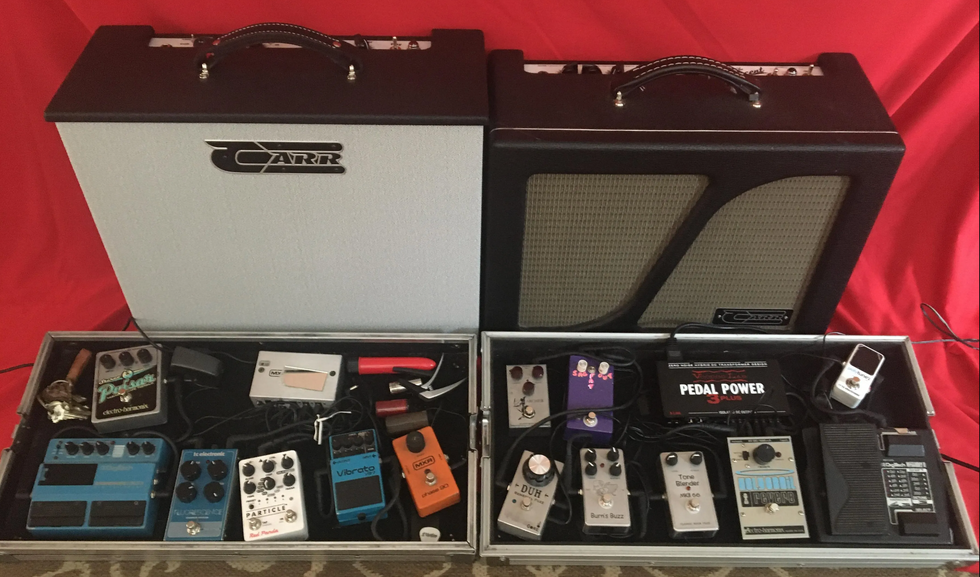
My new stereo Carr amp rig blows my mind. See my most recent Love and Sockets column.
Jason Shadrick — Associate Editor

A: I’ve been getting deeper and deeper into learning fiddle tunes and love to use the classic “Blackberry Blossom” as a good warm-up to center my mind with both hands.
Tony Rice ~ Blackberry Blossom
The fact that these tunes are eighth-note based and use pretty strict alternate picking allows me to go into an almost meditative state while working on them.
Jason Shadrick's Current Obsession:

Hands down, it’s The Rehearsal on HBO. It’s one of the most mind-bending shows I’ve ever seen, and Nathan Fielder is an absolute genius. I hesitate to say much more about it, but I guarantee there are at least a half-dozen times in the first episode where I had to pause and go, “WTF?”
